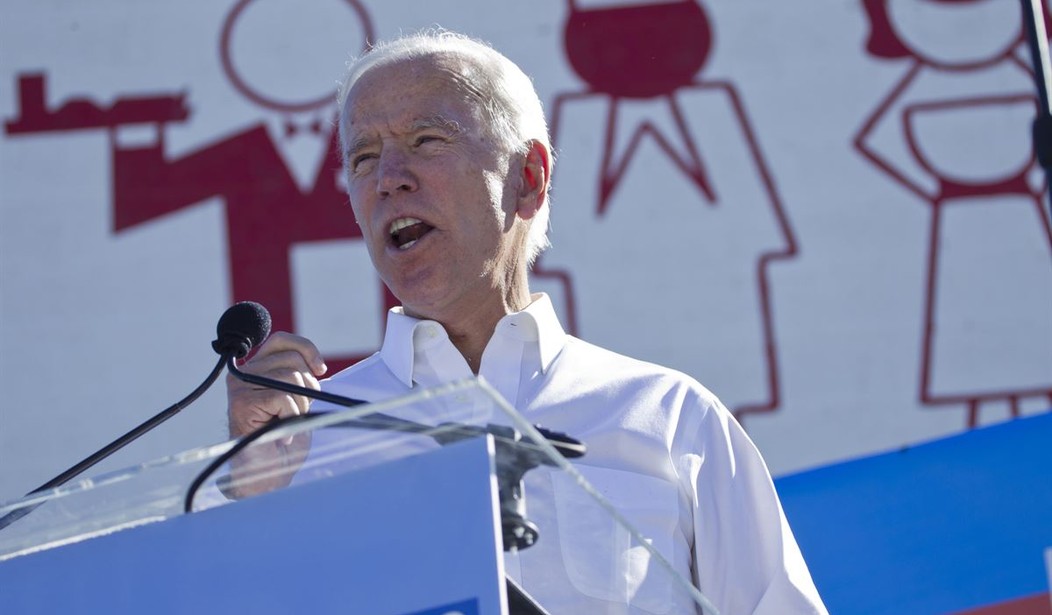When President Trump promised to bring back American manufacturing, he wasn’t just talking about union workers. He was describing an economic agenda that benefits all workers.
According to the latest figures from the Labor Department, the manufacturing sector just posted its biggest wage gains in over a decade — a clear sign that the President’s economic policies are making a real difference for working families.
The employment cost index, which measures employee wages and benefits, rose by 0.9 percent for the manufacturing sector in the first quarter of 2019, with salaries and wages increasing by a full percentage point — even faster than the value of job-related benefits.
The last time manufacturing wages rose so much in a single quarter was in 2008, when wages also rose 1.0 percent between January and March.
Those wage gains are impressive, but they’re not surprising. Over the past two years, America has experienced an historic economic boom marked by the lowest unemployment rate in half a century, fueled by a pro-growth agenda that includes major middle-class tax cuts, deregulation, and targeted counter-tariffs to protect American workers against unfair trade practices by foreign competitors.
As a direct result of this effective economic strategy, labor productivity is also increasing at a faster rate than it has in almost 10 years.
Between the surging value of American workers and the fact that there are now more job openings than job seekers, last quarter’s wage gains were practically inevitable.
Recommended
As remarkable as our recent economic progress has been, however, the Democrats want to eliminate President Trump’s policies and replace them with a radical agenda that would return us to the lethargic economy of the Obama years.
Democrat presidential frontrunner Joe Biden, for instance, is reviving decades-old liberal appeals to labor unions, declaring that his economic agenda will champion big labor.
“I make no apologies: I am a union man, period,” Biden told members of the Teamsters union, arguing that “the American middle class was built … by unions.”
While it’s true that unions played a key role in America’s economic development a century ago, circumstances have changed dramatically since Franklin Roosevelt’s day. Industries that used to be dominated by unions, such as manufacturing and construction, are increasingly dependent on non-union labor, necessitating a more comprehensive approach to economic policy that looks out for the interests of all workers.
President Trump adopted just such an approach, focusing his efforts on unleashing the potential of American workers and businesses by removing government-imposed impediments such as high tax rates and unnecessary regulations, rather than trying to use the federal government to pick winners and losers.
As a result, wages are growing significantly faster for nonunion workers in goods-producing industries — in the manufacturing sector, for instance, wages increased 1.1 percent for nonunion workers last quarter, but only 0.4 percent for unionized employees.
While Trump’s innovative economic agenda is designed to improve the lives of all American workers by sparking private sector growth, Biden and his fellow Democrats are stuck in an outdated way of thinking that views certain kinds of workers as more important than others. That’s exactly why the 2020 election is about more than just determining who wins the presidency — it’s about defending our newfound prosperity from those who seek to take it away.
Across the board, American workers are winning thanks to President Trump’s economic policies. Biden’s pro-union agenda is just an outdated relic of a bygone era. Workers wouldn’t stand a chance with bygone Joe Biden.























Join the conversation as a VIP Member